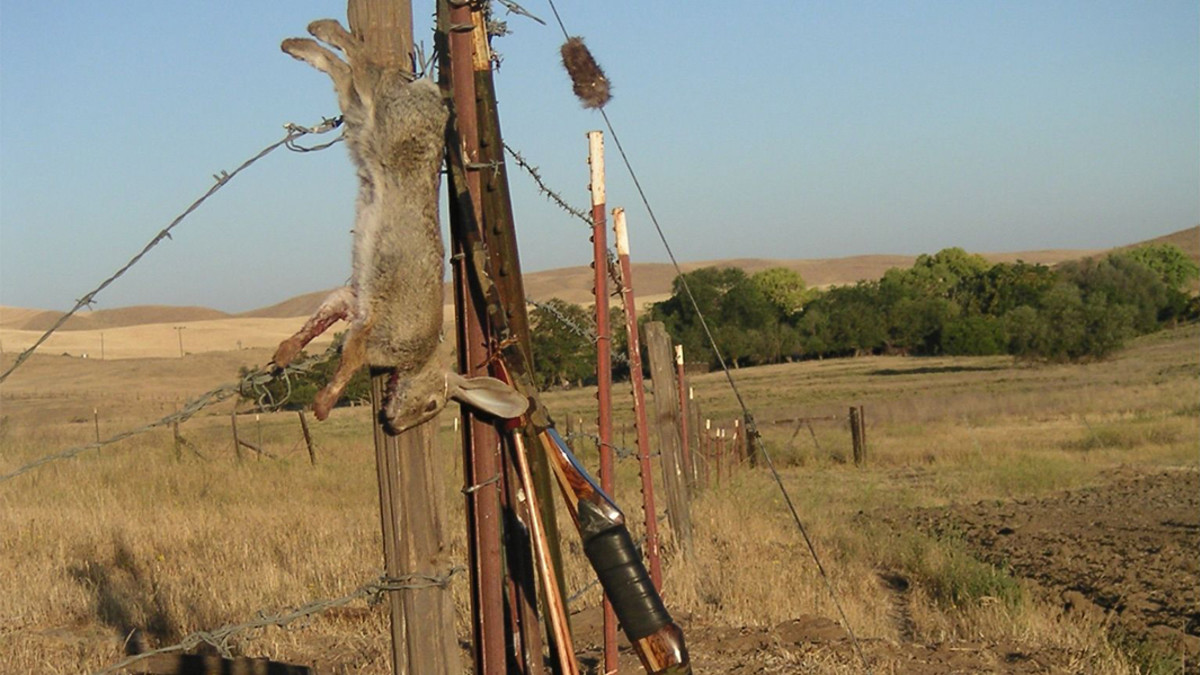
Unlike big game hunting, where there are typically separate seasons for firearms and archery equipment, there are no legal incentives to hunt small game with a bow. There are a few exceptions to this rule, including an archery-only duck hunt on a coastal refuge in the vicinity of Anchorage, Alaska. That alone should make you interested in archery equipment.
Instead, the decision to hunt small game with a bow typically comes down to personal aesthetics. Some hunters value a challenge as much or more as they value wild meat, and the thrill of hitting, or trying to hit, a flying bird or running rabbit with an arrow is too much to resist. My own father was such a guy. Over the years, he managed to kill many cottontails, squirrels, and grouse with his bow, as well as pheasants and ducks hit it in midair flight.
Bow Hunting Philosophy
My personal philosophy on bow selection is identical to my philosophy on rifles and shotguns. That is, I’m looking for a versatile hunting tool that can handle a wide variety of species under ever-shifting sets of circumstances be it calling javelina in the desert, perched high in a Midwest oak tree for whitetail deer, or still-hunting a Northern spruce forest for snowshoe hares.
Nothing will meet these all of these challenges as efficiently as a fast-shooting compound bow. What’s more, by using the same bow for both big game and small game hunting, you’ll be practicing for big game hunting while chasing small game, and vice-versa.
Traditional vs Compound
But if you’re considering a bow purchase strictly for small game, and more particularly for flushed rabbits and game birds, you should consider going with a traditional recurve or longbow that will allow you to take snapshots at the fast-moving game. A compound bow must be held at full draw to aim and fire; this takes time and prevents snap shooting. Here are some additional pros and cons to consider when purchasing a bow that you’ll use for small game hunting.

Compound Bow
Pros: More accurate than traditional bows at longer ranges; it’s far easier to gain a comfortable level of proficiency with a compound than it is with a traditional bow .
Cons: The increased speed of the arrow causes greater damage to the arrow as it deflects off of the ground and rocks after a miss, which can be common with small, fast-moving targets; compounds are heavier than a traditional bows, and they can become a burden on long hikes; compound bows have many moving parts and require more maintenance than traditional bows.
Traditional Bow
Pros: Light, easy to carry; because the arrow is traveling slower, it can absorb the impact from errant shots and be used again; shots can be fired very quickly.
Cons: Difficult to master; limited efficacy at longer ranges.



